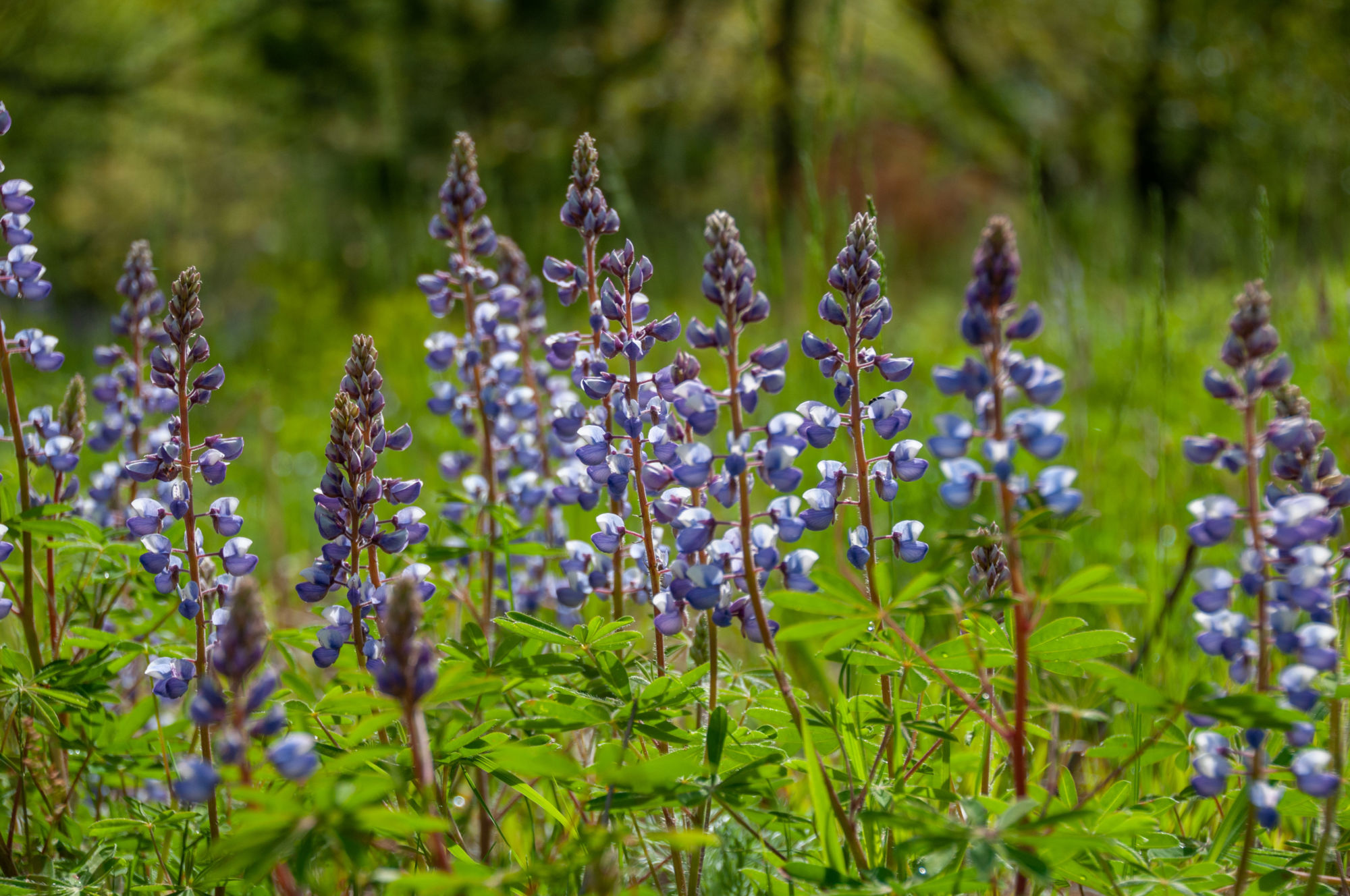The Pere Marquette River inspires conservation
Terry Stranz’s family has vacationed in northern Newaygo County for generations. He and his wife Kris restored a log cabin on a lake where their five children and five grandchildren enjoyed swimming and fishing.
One evening before dinner, Terry and Kris decided to stop by a neighboring property that had always sparked Terry’s curiosity and recently had been listed for sale. The visit, which Terry expected to be a short diversion before the couple got a burger and a beer, turned into a four-hour guided tour that left the two of them in love with the property.
The seller, Dick Schwikert, was careful to find the right buyer. He and his late wife Lu had protected the land, which includes shoreline along the Little South Branch of the Pere Marquette River, with a conservation easement. Dick was present for the showing and spoke at length with the Stranzes.
“There was a moment where as he spoke, I wasn’t listening, because I was concentrating on the salmon, which the river was full of that day. My wife pointed out the bald eagle sitting in one of the trees right outside the window, watching the salmon, and the deer that then crossed the river. It was a perfect scenario,” Terry said.
Won over by the quiet, secluded nature of the property and its natural vistas, Terry and Kris made a decision they thought they would never make: They were going to leave the cabin on the lake.
In the months that followed, Dick, Terry, and Land Conservancy of West Michigan staff discussed the details of the conservation easement, so Terry could purchase the property with a clear understanding of the collaborative effort to preserve the land’s natural features. Dick connected Terry with the several different organizations working to advance conservation in the area.
“That time spent coming to an understanding with Dick, the realtor, Chris [Long, Conservation Easement Manager], and the Land Conservancy folks—that to me was a big benefit,” Terry said.
The Stranzes completed their purchase in 2023. Since then, Terry has immersed himself in efforts to support the conservation of his land and the watershed of which it is a part.
Collaborating to Improve the River
In 2023, a few of Terry’s neighbors connected with the Conservation Resource Alliance (CRA), an organization that facilitates grassroots rewilding efforts in Northern Michigan. They were interested in ways they could support the health of the Little South Branch. Nate Winkler, Project Manager and Biologist with CRA, joined them to walk their stretches of shoreline, and it became clear that the river lacked large woody debris.
Large pieces of wood are missing from Michigan streams due to our state’s logging history. Rivers were “snagged” to denude them of woody debris and facilitate the movement of sawn logs down the river. This has created challenges for the natural communities that inhabit the river. In a recent Michigan Department of Natural Resources (DNR) fish survey of the stretch of the Little South Branch where Terry’s property sits, no native brook trout were documented.
“A primary goal of this project is to provide habitat for potentially brook trout,” Nate said. “We know they’re in the system; they’re just way up in the tributaries.”
Trout aren’t the only ones that stand to benefit from in-stream wood. Herons and songbirds perch on it. Algae, turtles, and mink cling, bask, and loaf on it. Fish species ranging from tiny daces and sculpins to trophy-winning steelhead find niches in it. Additionally, the river current interacts with the wood, adding diversity and complexity to the stream bed. The resulting change in energy flow can create “scour holes,” which not only provide spawning habitat for fish—they also help mitigate sediment pollution and flooding.
The solution? Take some trees from the land and stick them in the river to create log jams.
A crew working with heavy equipment will harvest live-standing oak and pine from upland areas of the project site. They’ll fell some trees with a chainsaw, and if permitted by the landowners, push some over with equipment to leave the root wads intact. Log jams or single trees will then be placed at the “toe” of the riverbank—where the sloping bank meets the riverbed—mimicking the function and appearance of naturally occurring log jams.
After hearing Nate present about the project, Terry was eager to hop on board. Nate clearly communicated the expectations, rationale, and past examples, and this won Terry’s trust. Besides, the chance to participate in the improvement of the land and waters Terry has grown to love proved difficult to pass up.
“I’d love to see the river, and the habitat, and the trout population do well,” Terry said.
Terry is not alone. He is one of five landowners along the Little South Branch participating in this first phase of the project, which is funded largely by private donations from individuals and local conservation organizations.
To Nate’s surprise, most of the landowners he works with aren’t in it for better fishing conditions.
“Most people that have property on a river don’t fish,” Nate said. “It’s crazy.”
Instead, they’re motivated by creating a healthier river.
“They all care about the river. They want to play a part in improving the river,” Nate said.
Terry cautions that landowners interested in getting more involved in the active restoration of their land should expect to invest their own time and work. Even with support from organizations like CRA and the Land Conservancy, it’s important to do your own homework, he said.
“I wouldn’t say that it’s easy. There’s a lot of work and time,” Terry said. “But the people to work with have been fantastic.”
This story was part of our Fall 2025 Newsletter. You can read the newsletter in its entirety here.
Would you like to receive print copies of our newsletter in the future? We mail annual supporters our newsletters twice a year. Donate to the Land Conservancy of West Michigan today, and you’ll be subscribed!









